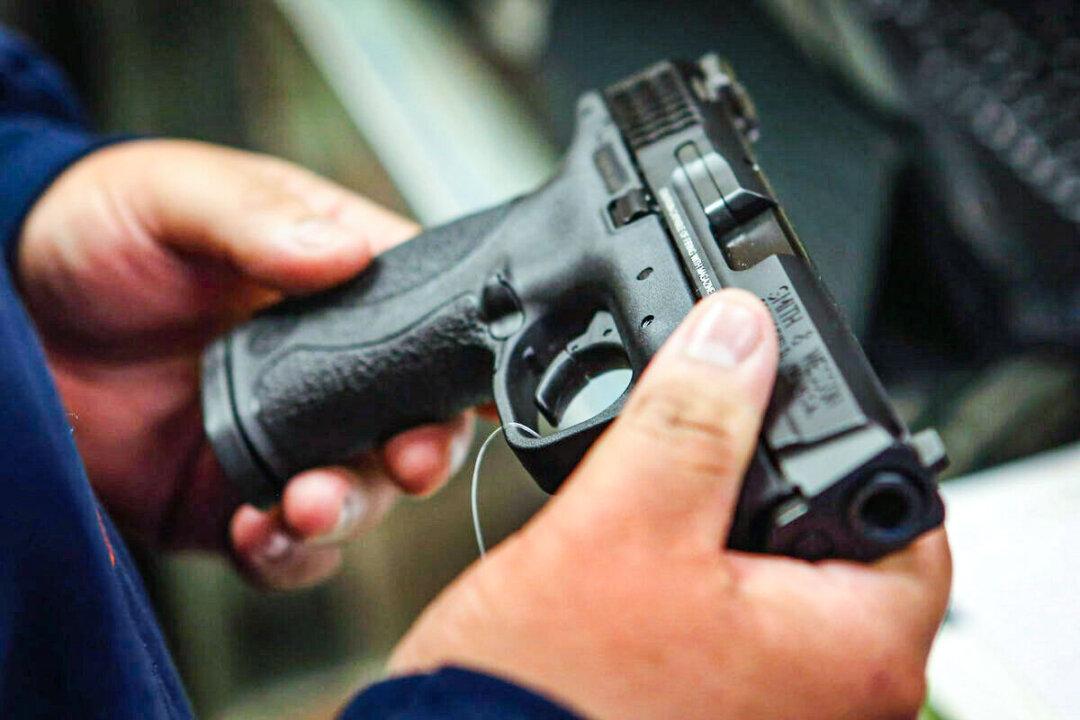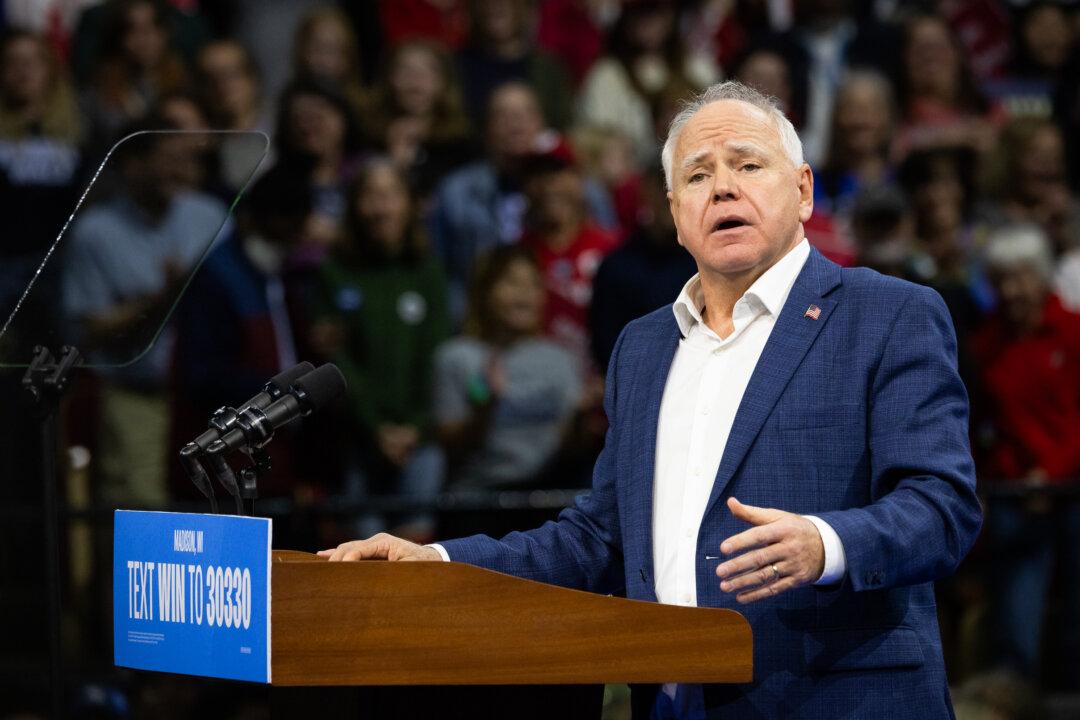The Pentagon has announced that it will allow its civilian employees to assist Department of Homeland Security (DHS) personnel in operations related to border security and immigration enforcement, as the Trump administration intensifies efforts to deter unlawful border crossings and drug trafficking.
“Today the Secretary of Defense authorized the DoD Components to detail qualified Department of Defense (DoD) civilian employees to support the Department of Homeland Security’s (DHS) border security efforts as well as interior immigration enforcement,” Sean Parnell, the Pentagon’s chief spokesperson,
said in a June 2 statement. He added that the new assignments will support “critical” DHS operations.
In a June 1
memo, Defense Secretary Pete Hegseth clarified that the deployments would be temporary and structured as either reimbursable or non-reimbursable, depending on whether the assignment qualifies as a form of professional development comparable to a training program. He asked Pentagon leaders to balance the training benefits of the deployments with how they might affect regular operations, noting that the training value could fade over time.
Hegseth emphasized that DoD civilian employees taking part in these deployments must comply with DHS protocols, and that further guidance will be issued by the Under Secretary of Defense for Personnel and Readiness, in coordination with Homeland Security.
In his statement, Parnell added that “protecting our homeland from bad actors and illegal substances” has been a key focus of President Donald Trump since day one of his second term in the White House.
“Whether on the border or in our communities, allowing qualified DoD civilian employees to support DHS will accelerate the progress already made by Service members in achieving our national security goals,” he said.
The decision to deploy Pentagon assets to help with immigration enforcement is in direct alignment with Trump’s
executive order 14167, issued on his first day in office this term. The order called on the DoD to deploy sufficient personnel to the southern border and tasked U.S. Northern Command with sealing the border and repelling threats such as unlawful mass migration, narcotics trafficking, and transnational criminal activity.
“The Armed Forces of the United States have played a long and well-established role in securing our borders against threats of invasion, against unlawful forays by foreign nationals into the United States, and against other transnational criminal activities that violate our laws and threaten the peace, harmony, and tranquility of the Nation,” Trump wrote in the order. He added that such threats continue today, and so “it is essential that the Armed Forces staunchly continue to participate in the defense of our territorial integrity and sovereignty.”
In line with the order, the administration
recently deployed more than 1,000 additional troops to the southern border, bringing the total number of service members supporting immigration enforcement efforts to over 10,000. U.S. Northern Command
said that the additional troops would be engaged in infrastructure construction, surveillance, medical support, and logistics as part of what officials described as a “whole-of-government” effort to regain and maintain full operational control of the border.
Other recent military activity related to border security
includes the use of battlefield-adapted radar systems near Rio Grande City, Texas, to monitor increased drone activity by smugglers and illegal crossers. Soldiers are reinforcing the Roosevelt Corridor—a restricted-use defense zone stretching from New Mexico to California—with new fencing and signage, enhancing detection and deterrence capabilities, according to U.S. Northern Command.
Meanwhile, apprehensions of illegal immigrants at the border have plunged 93 percent compared to a year ago. U.S. Customs and Border Protection (CBP)
reported 8,383 apprehensions in April, down from 128,895 in April 2024. Only five individuals were temporarily admitted under court exceptions, a stark contrast with the 68,000 released in the same period last year.
Acting CBP Commissioner Pete Flores credited the drop to the Trump administration’s tough border security posture.
“More agents are back in the field—patrolling territories that CBP didn’t have the bandwidth or manpower to oversee just six months ago,” he said, adding, “thanks to this administration’s dramatic shift in security posture at our border, we are now seeing operational control becoming a reality—and it’s only just beginning.”
Since returning to office, Trump has moved quickly to restore immigration enforcement. On his first day, he
declared a national invasion at the southern border and began reversing Biden-era policies that he says fueled unprecedented levels of illegal immigration.
The president issued a series of executive orders to strengthen border control, including
restoring the “Remain in Mexico” program,
expanding vetting procedures, and
launching a self-deportation plan to speed up removals.
Savannah Hulsey Pointer contributed to this report.





